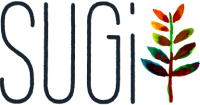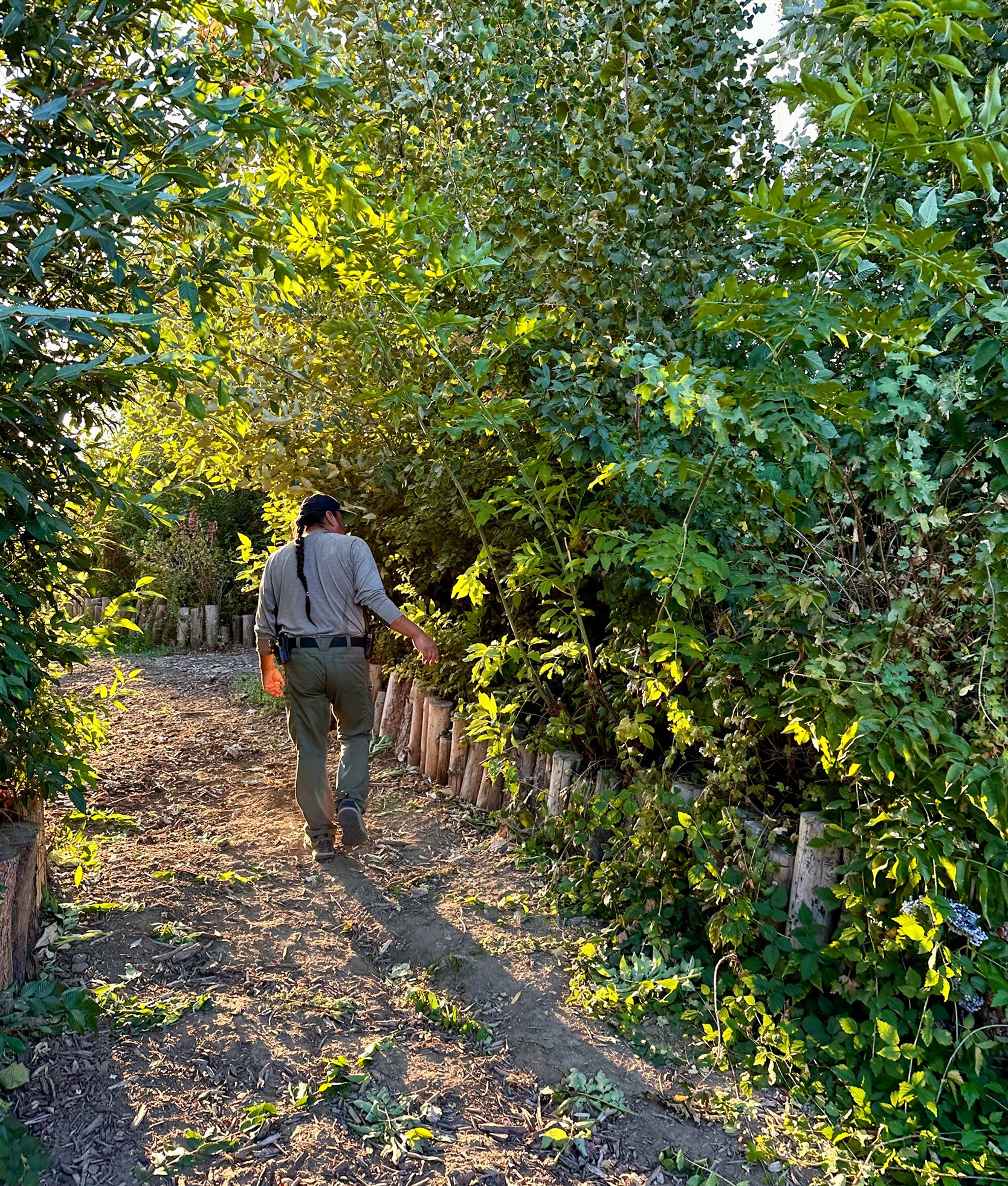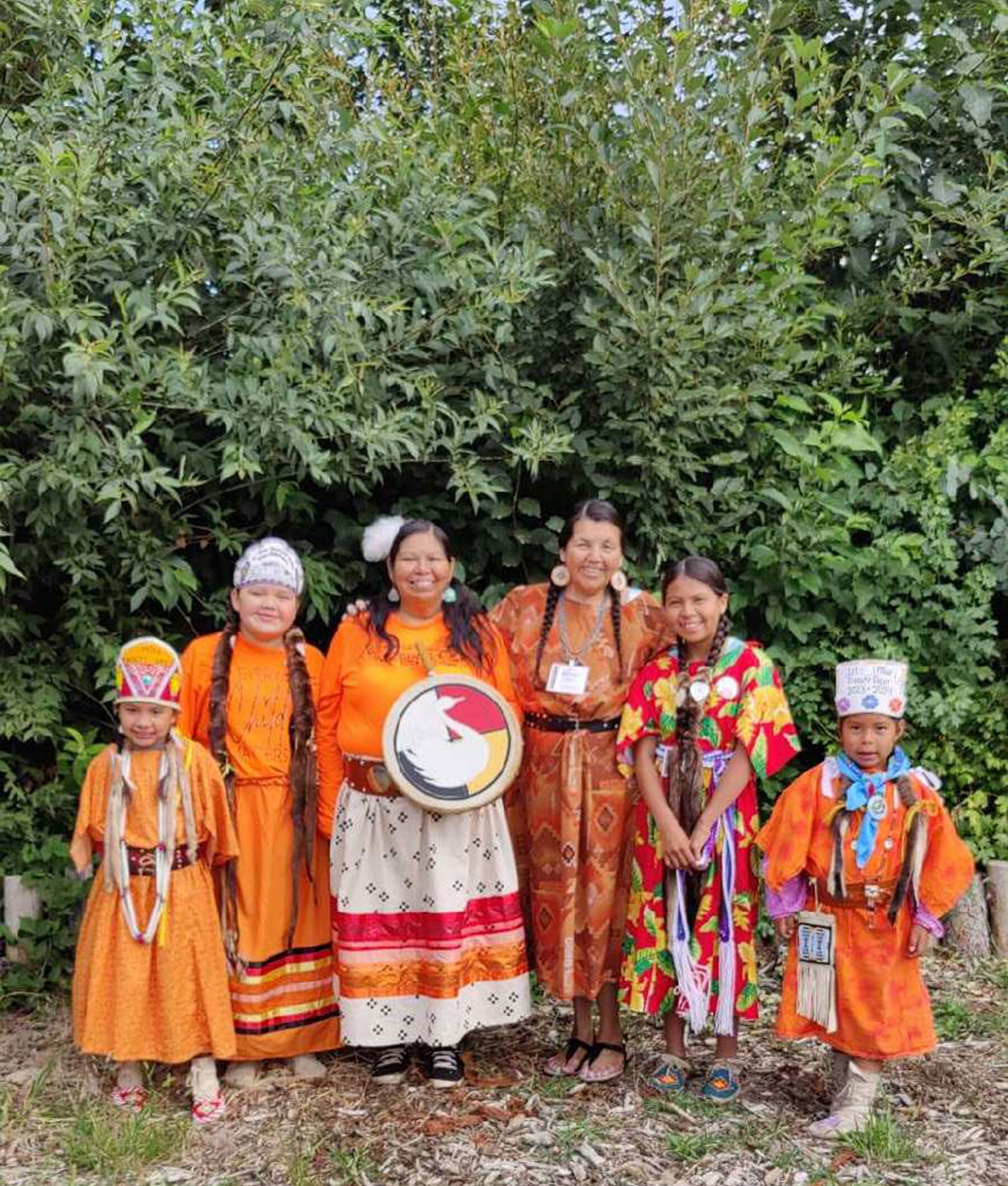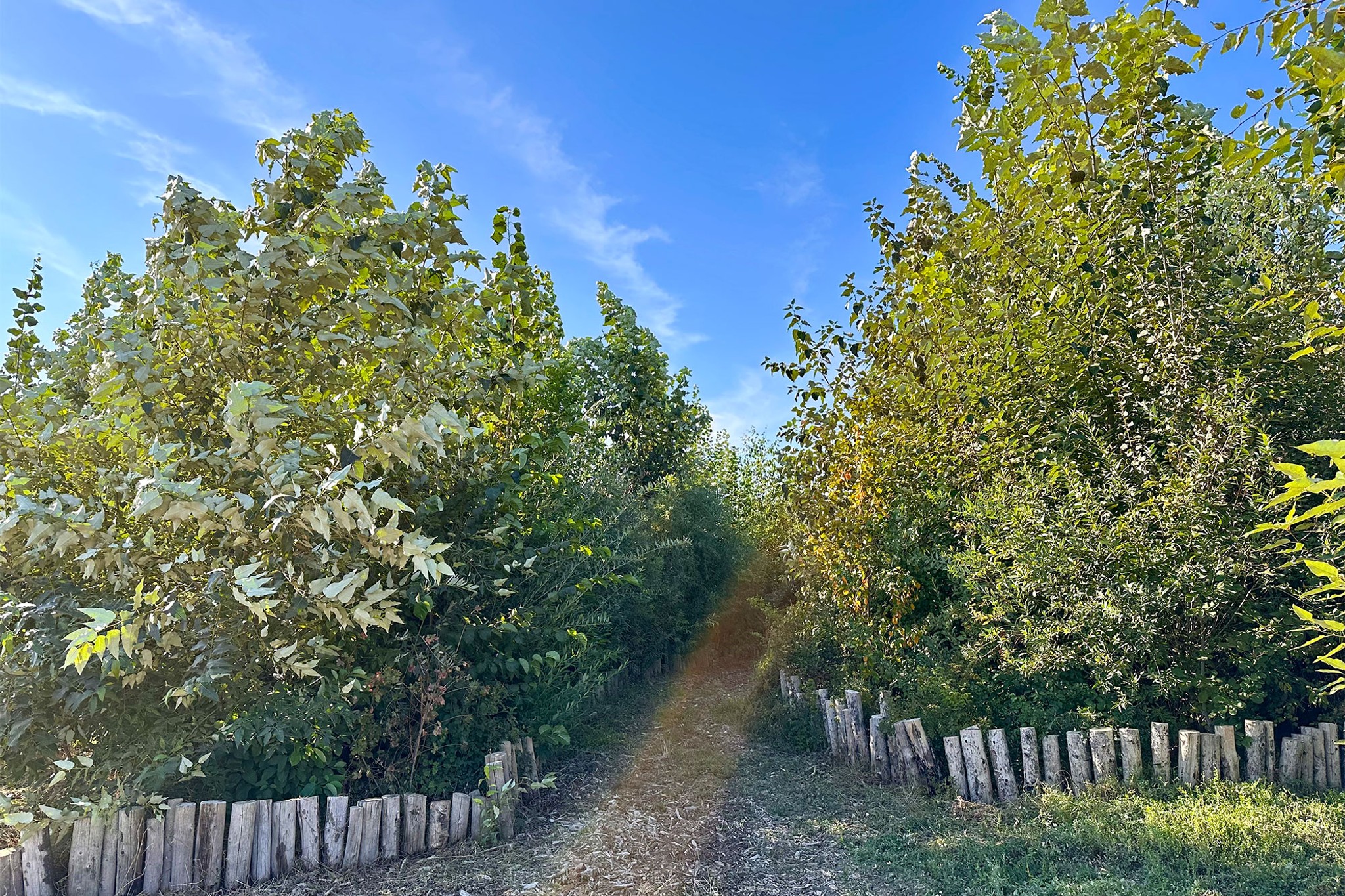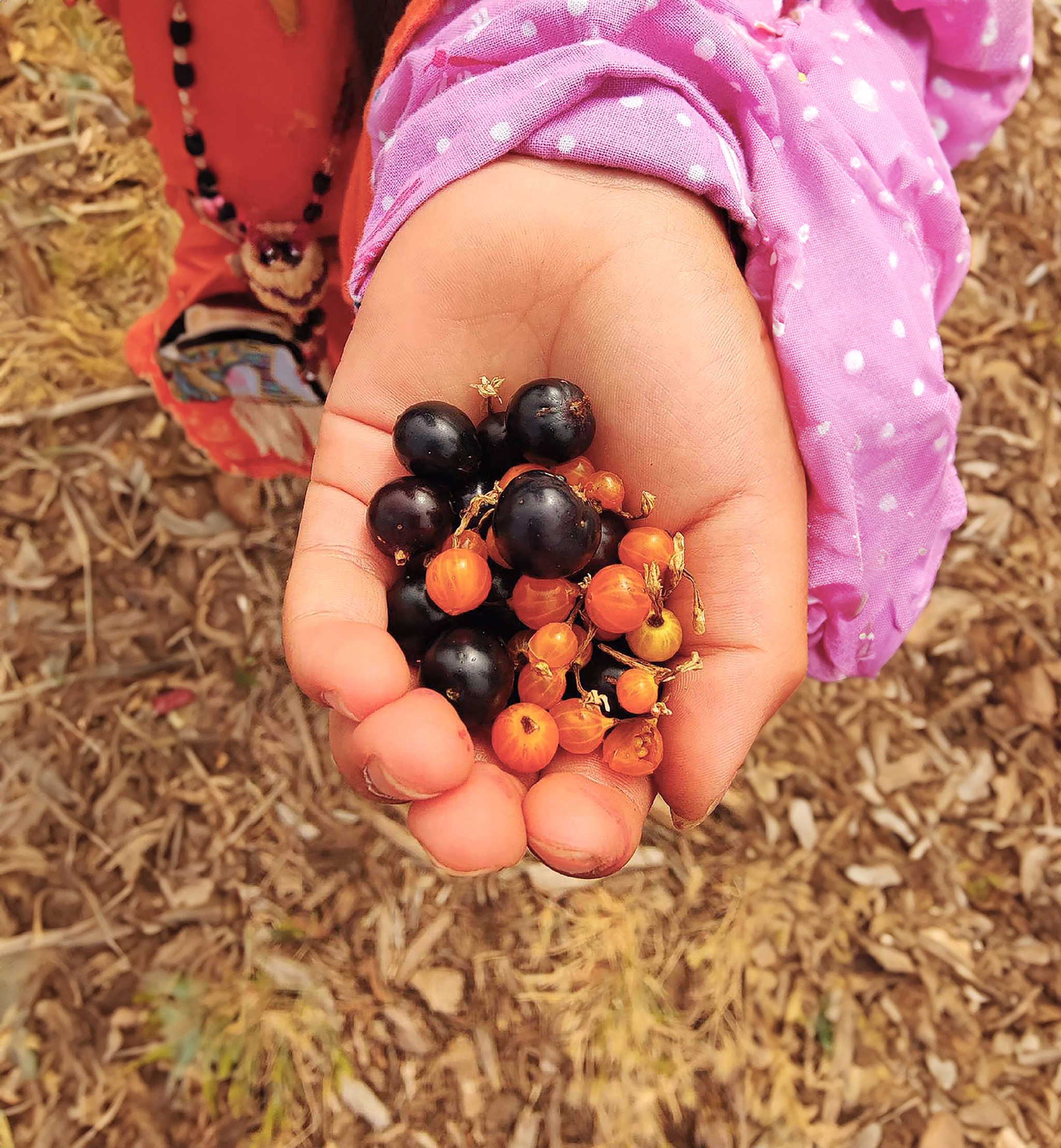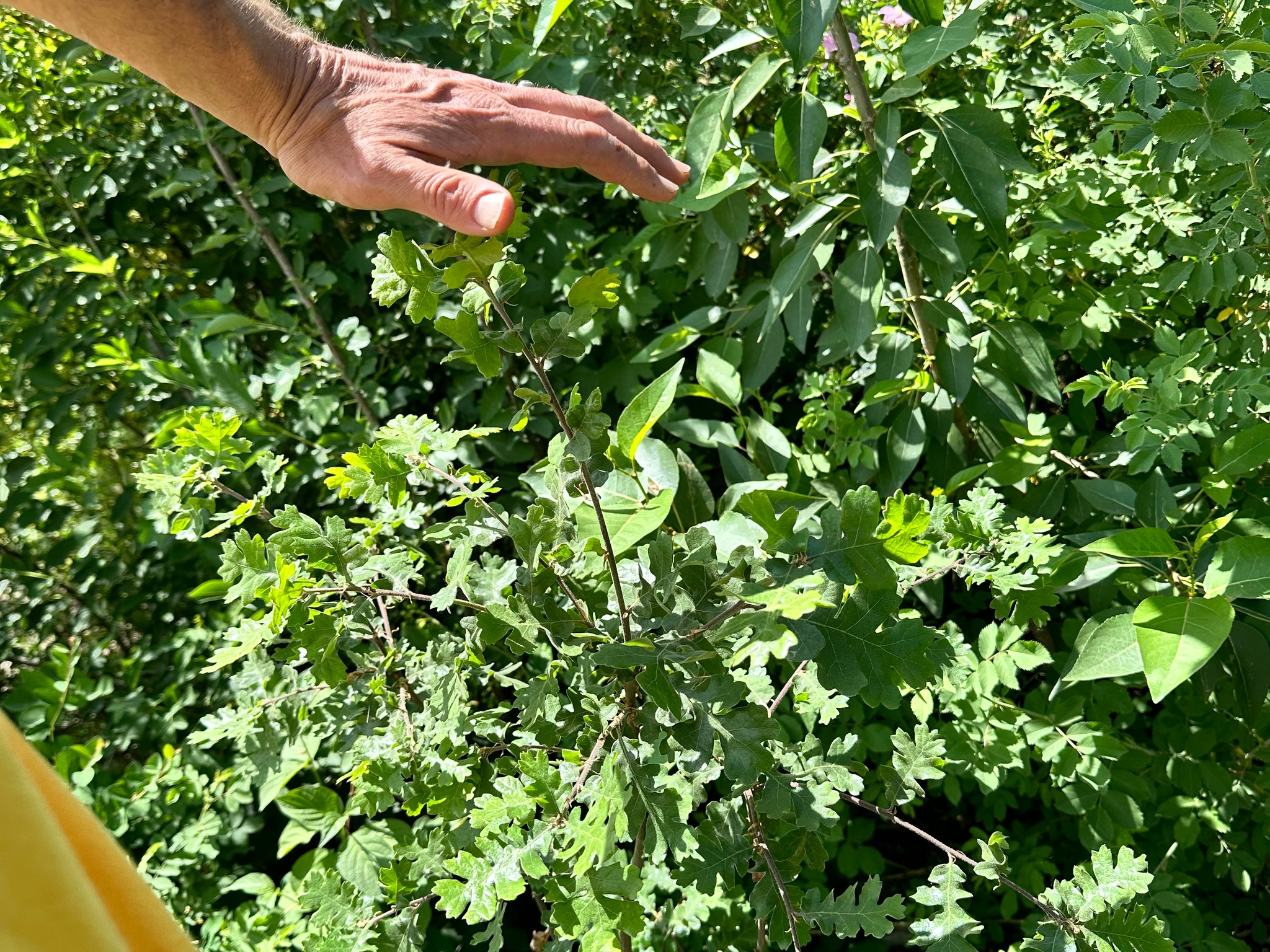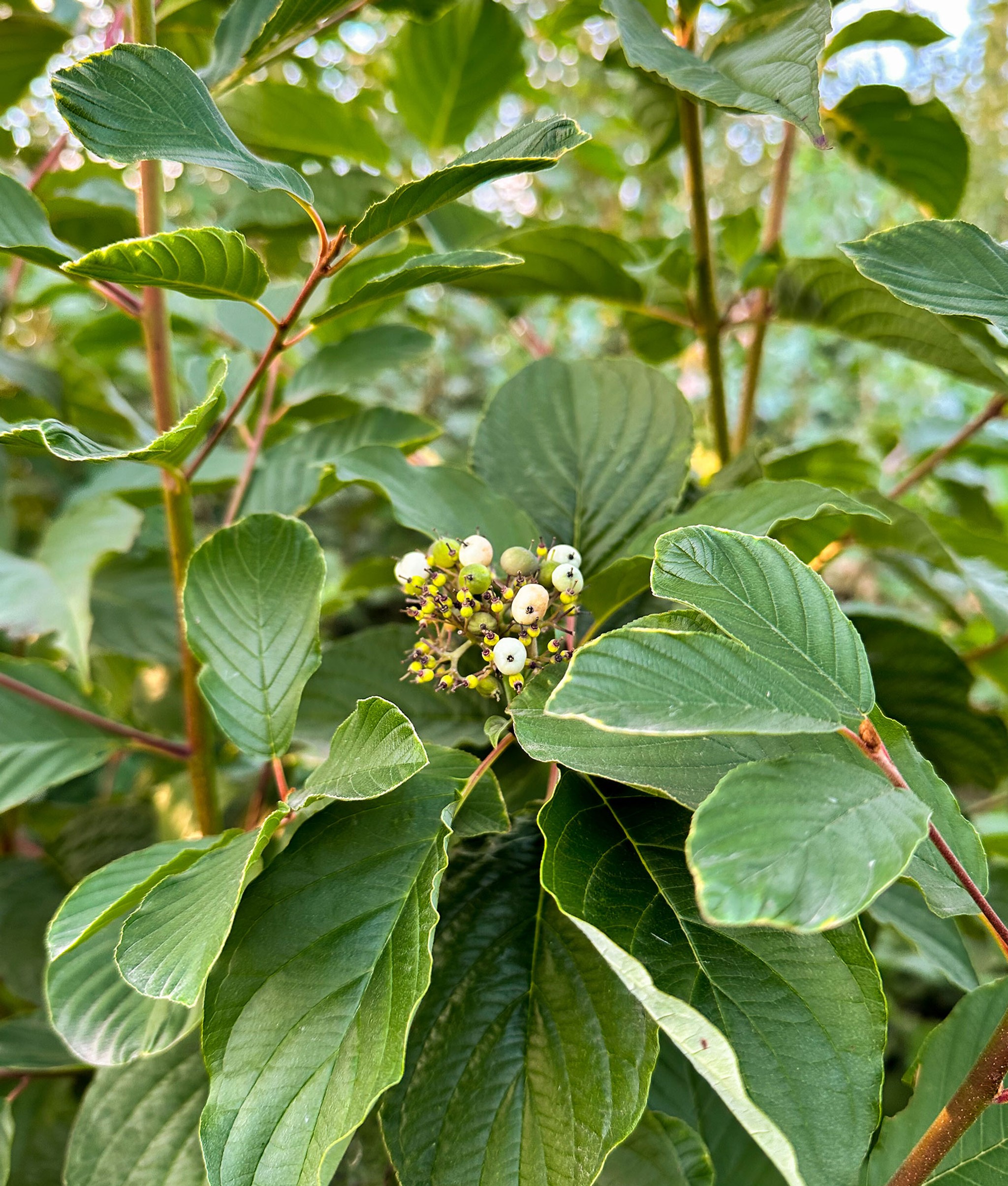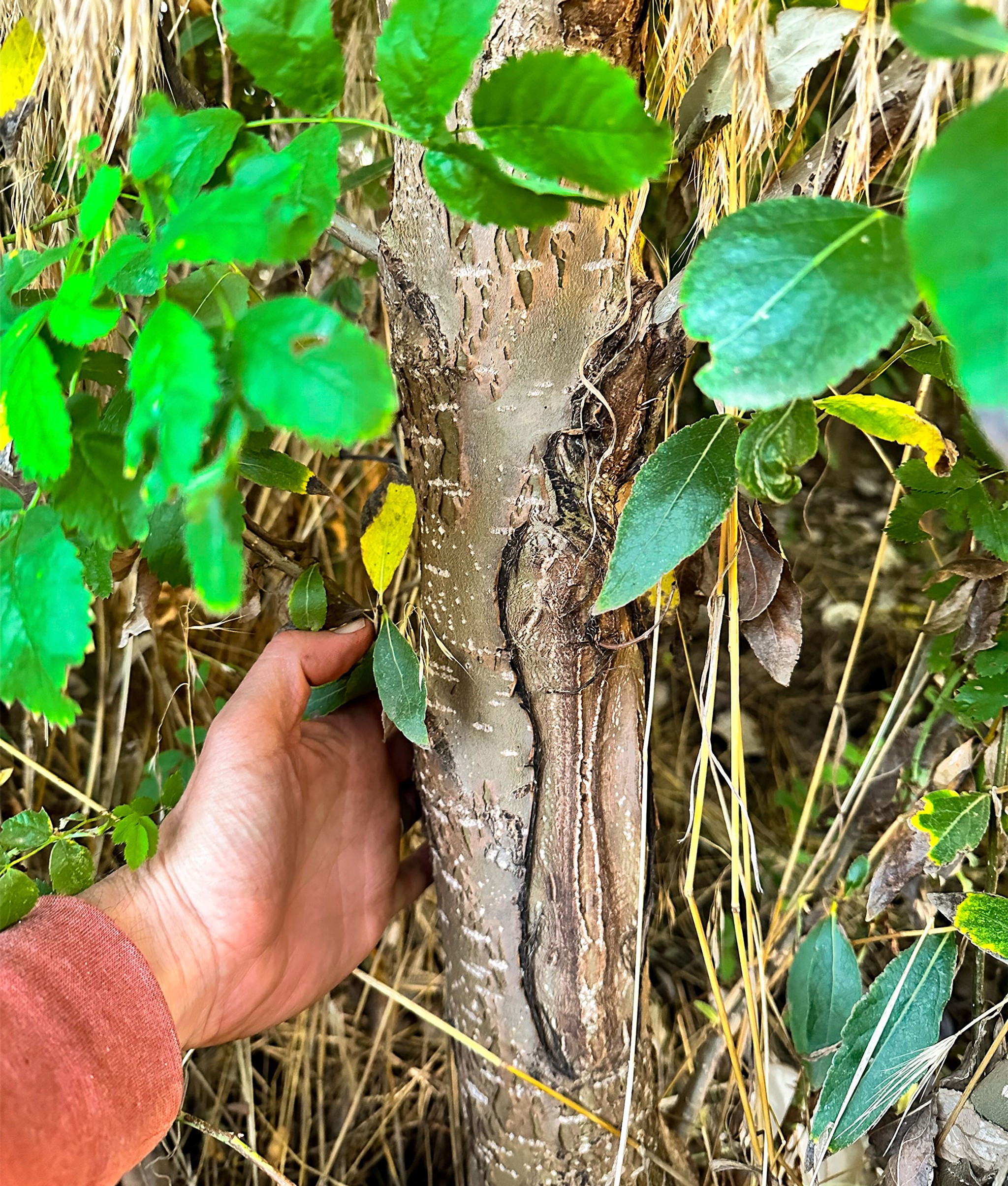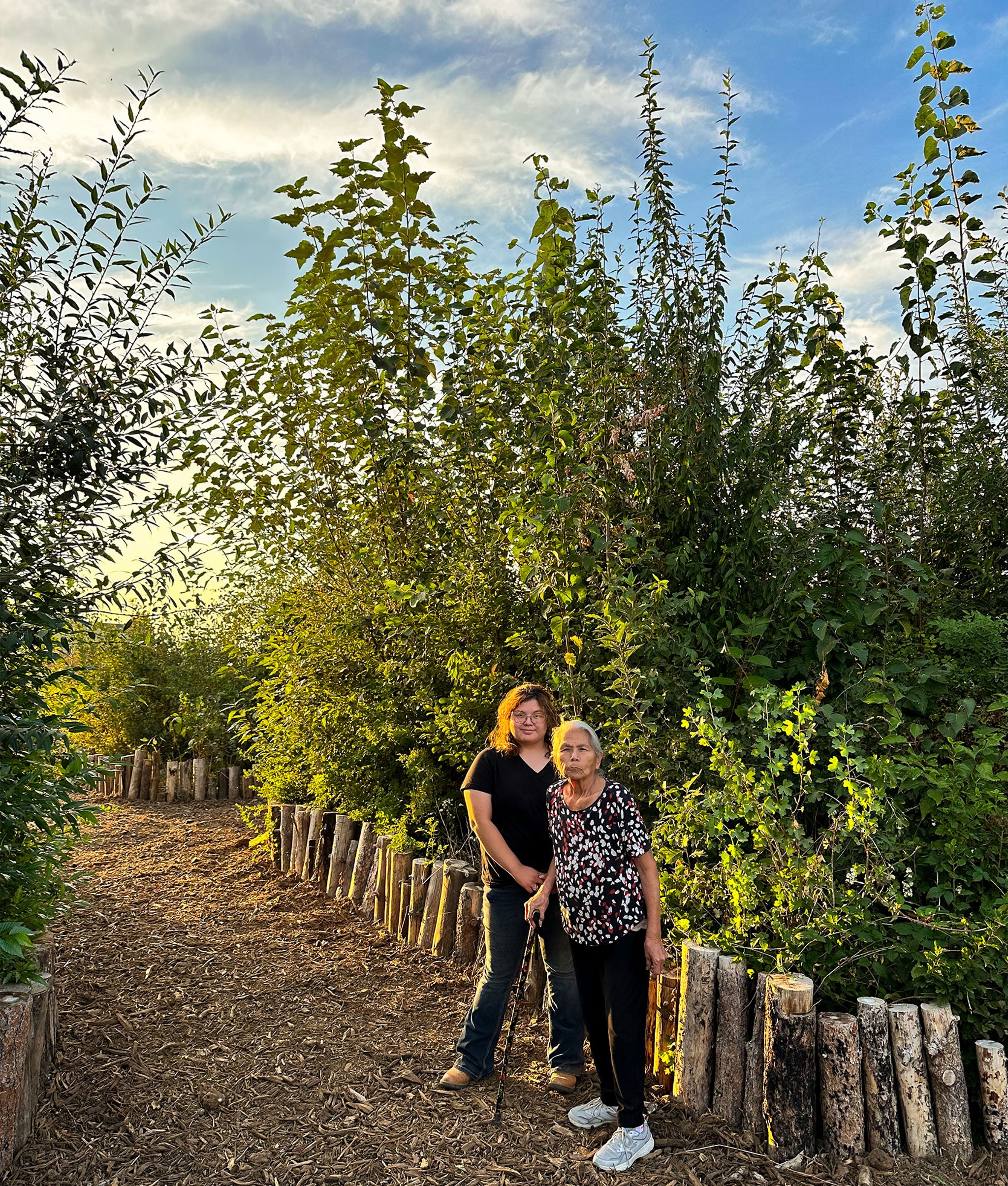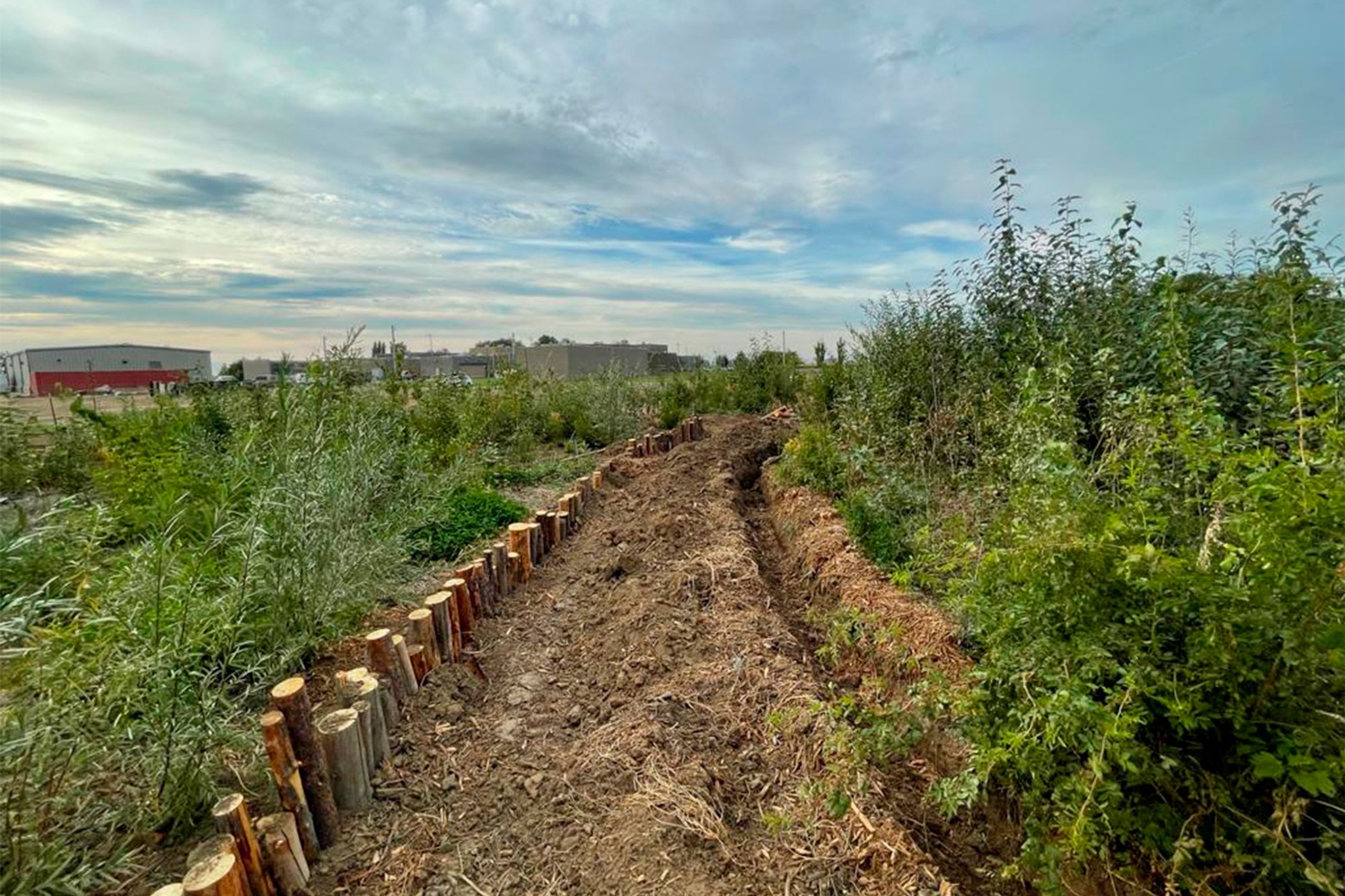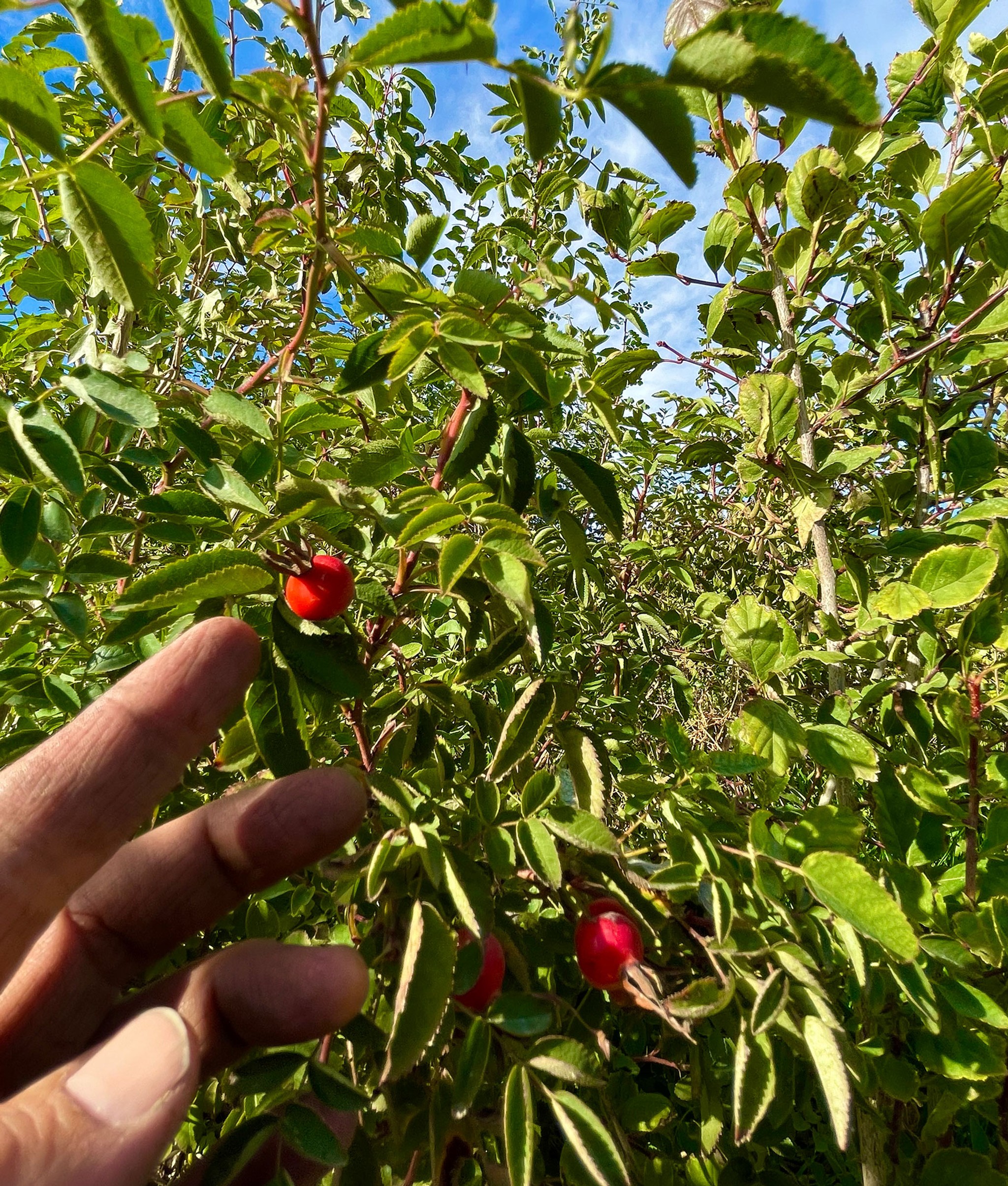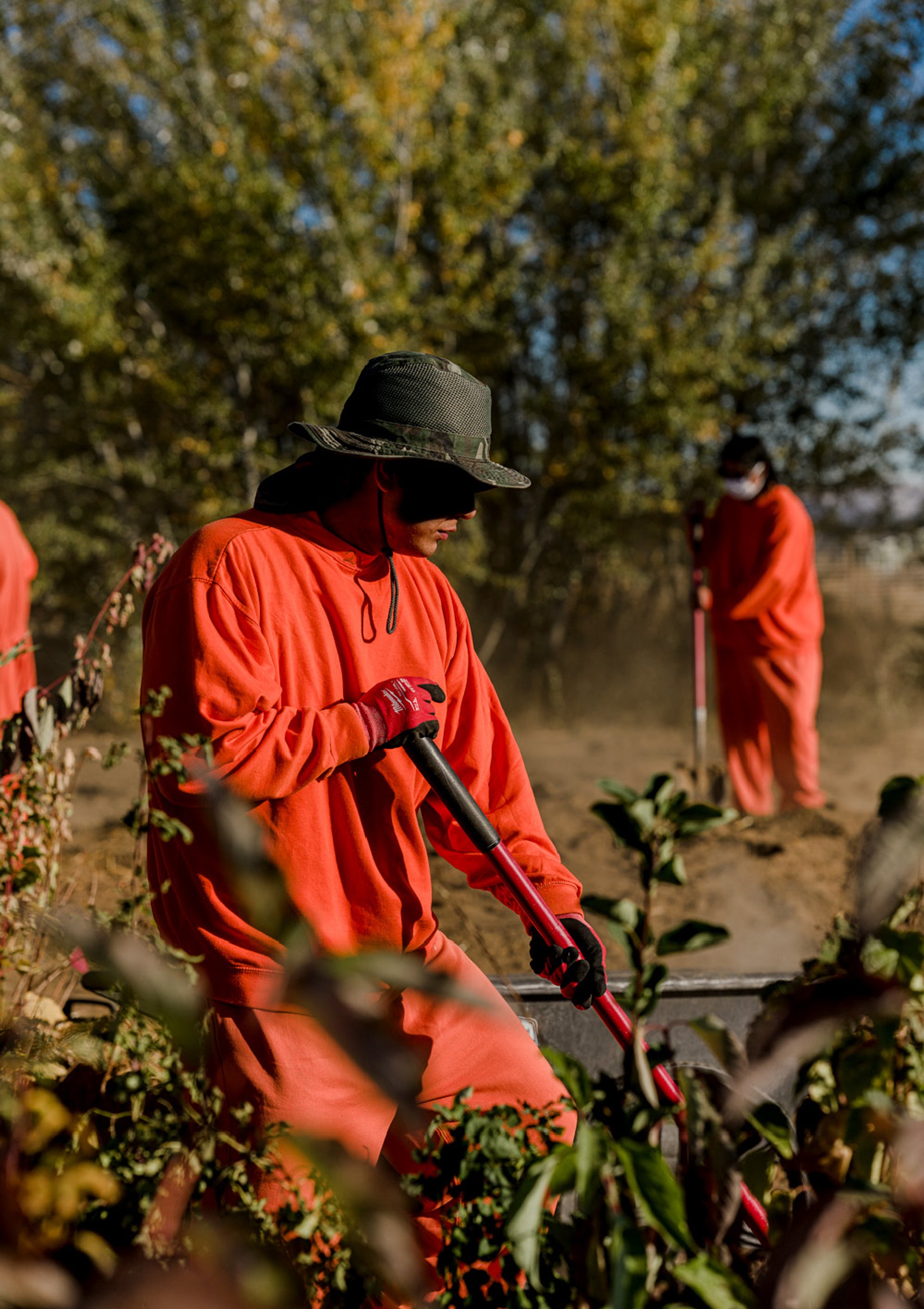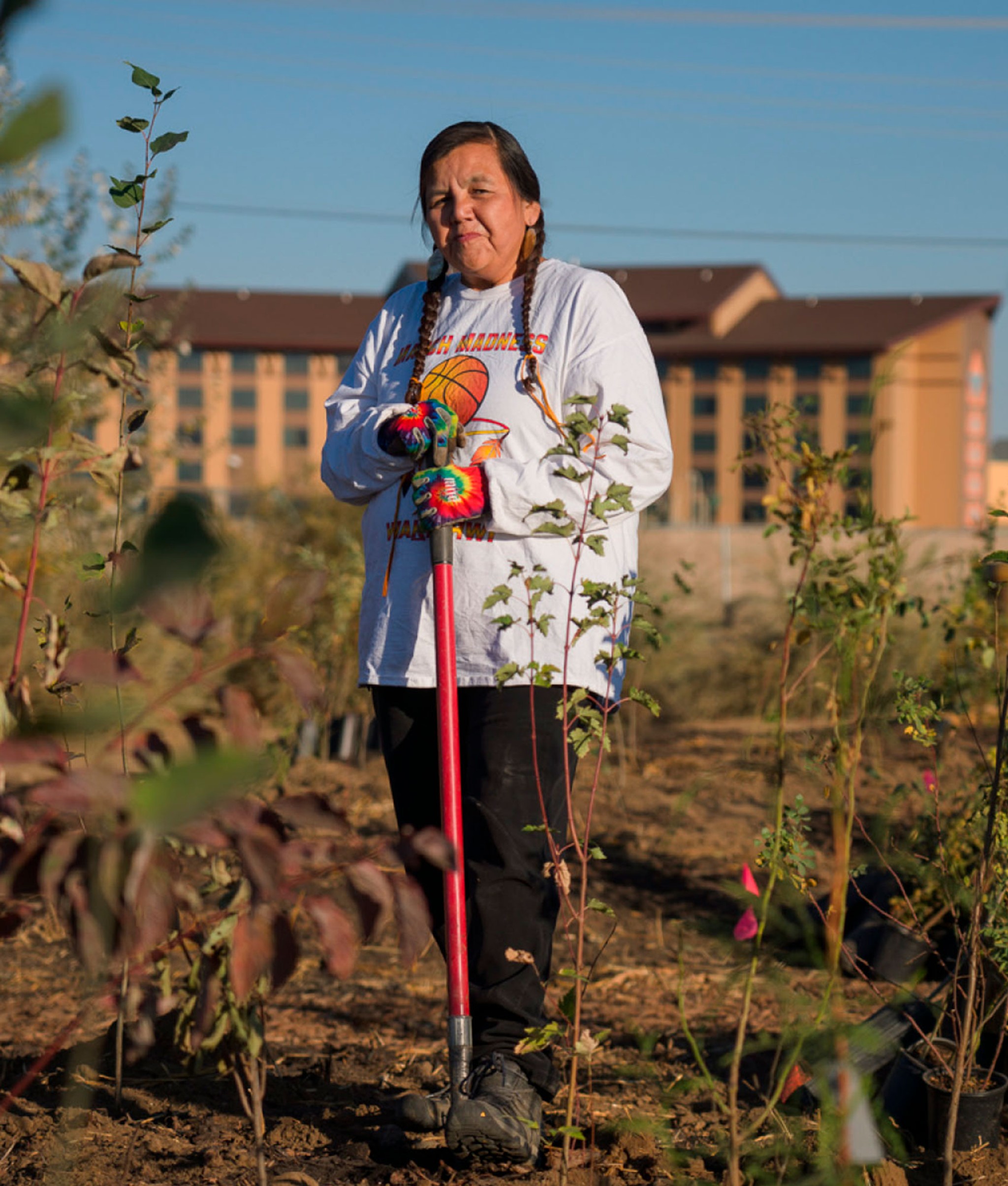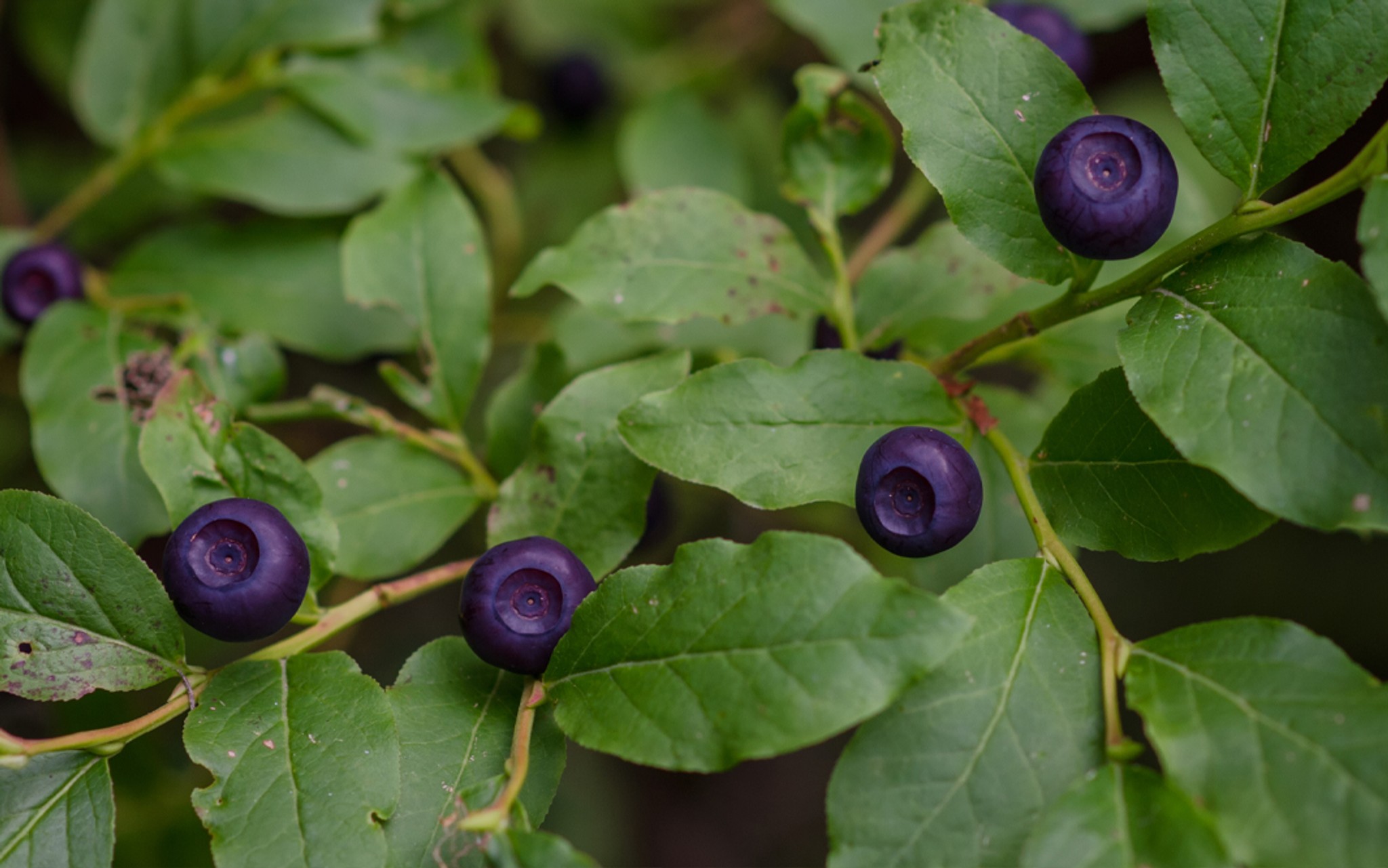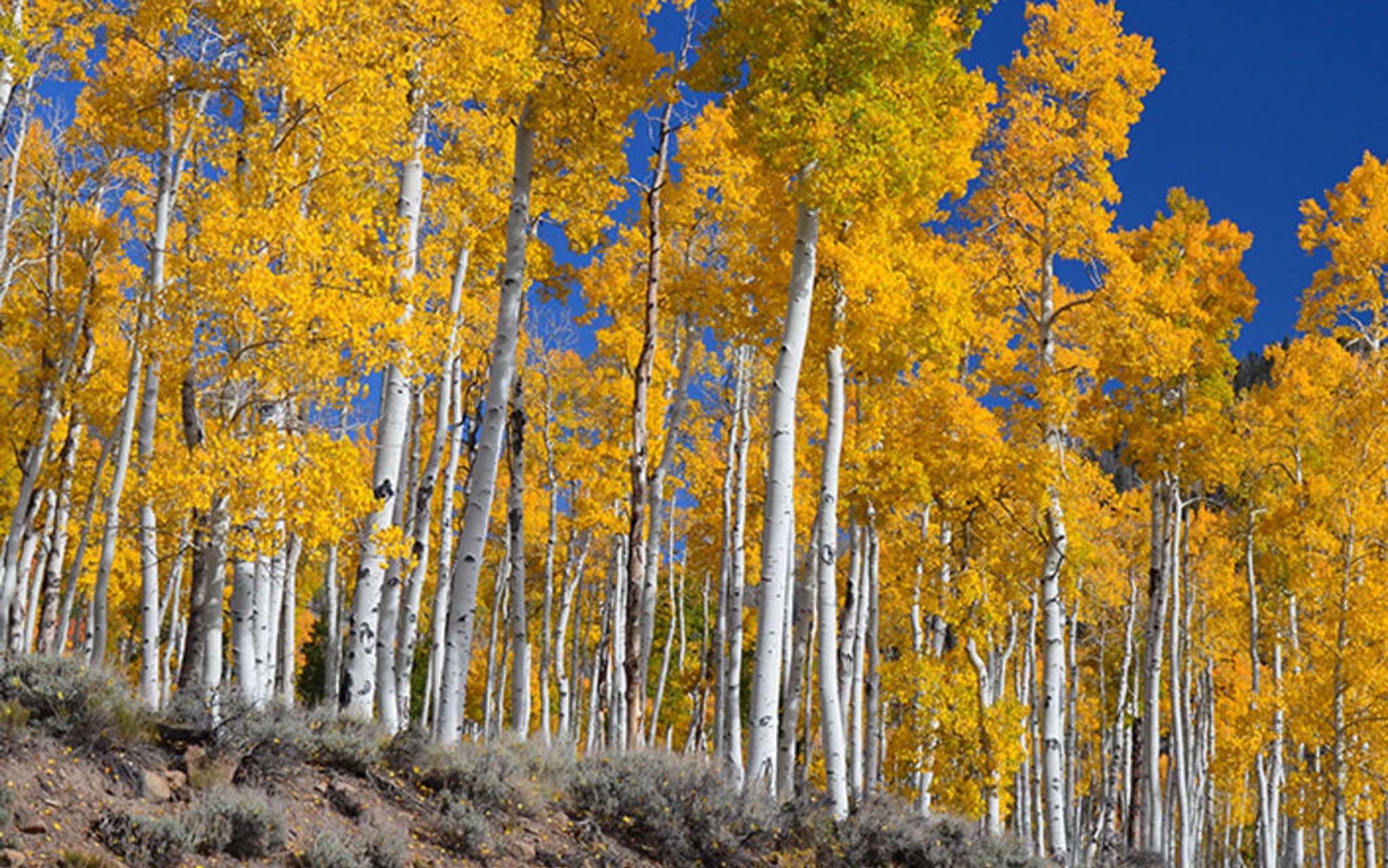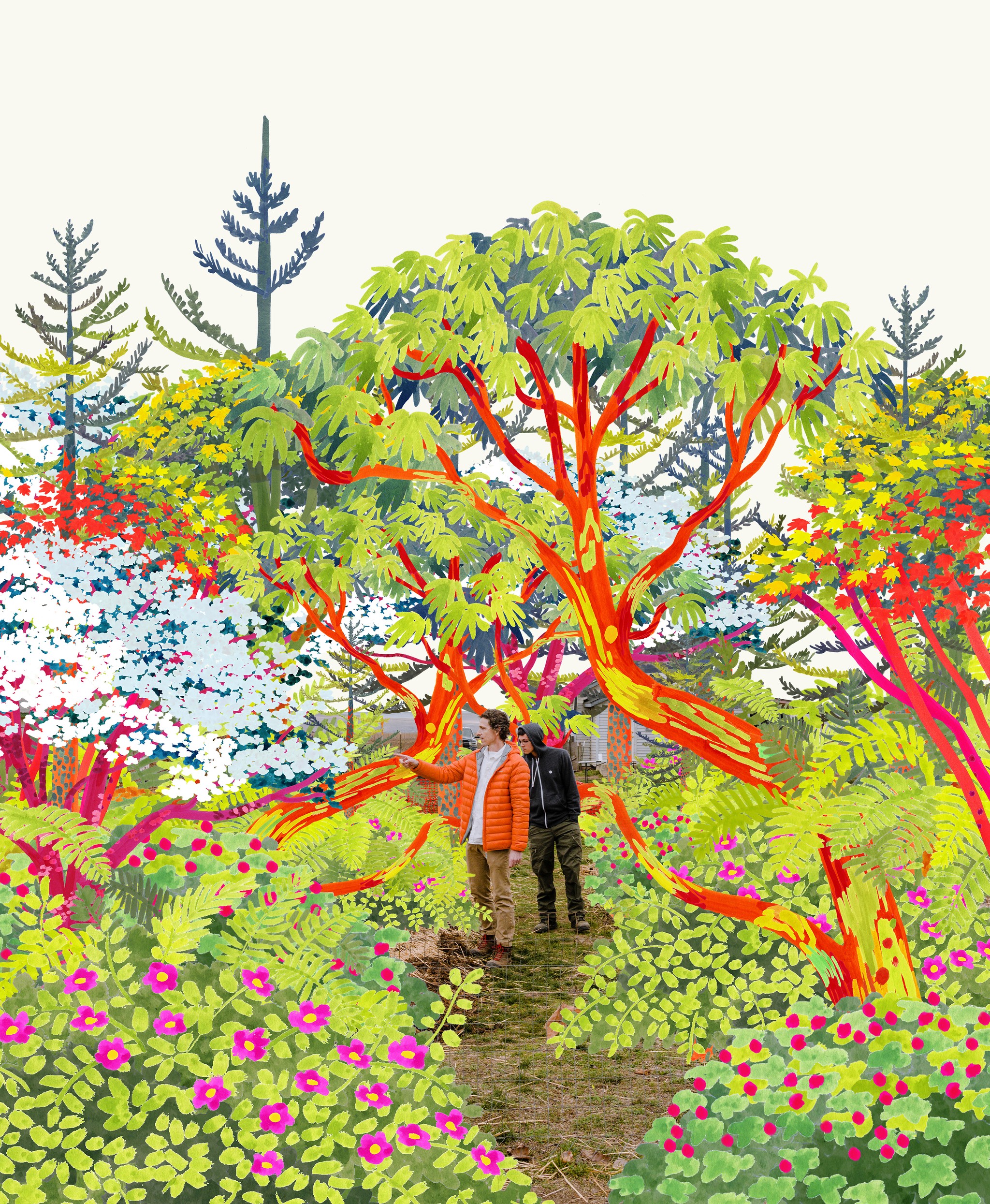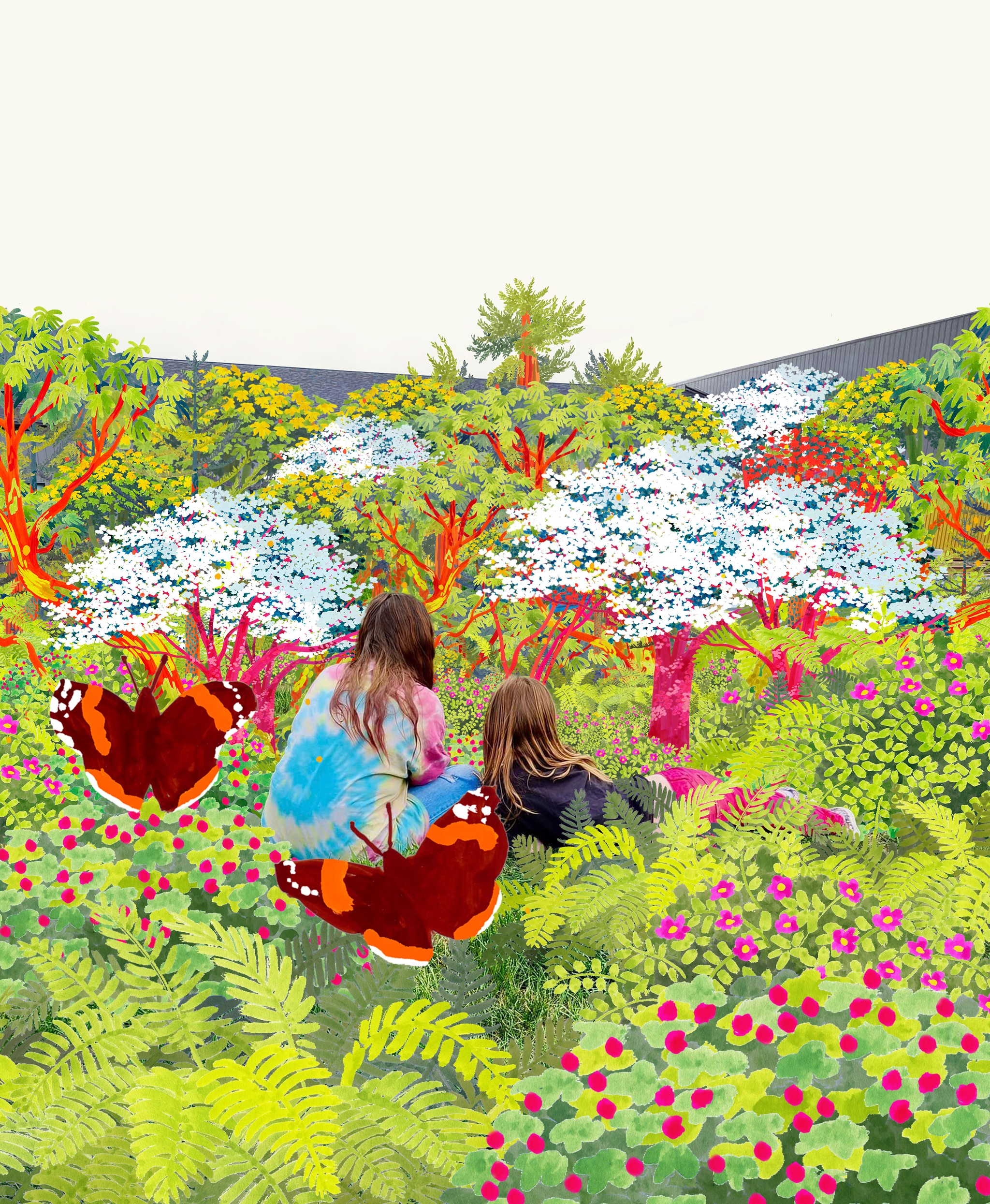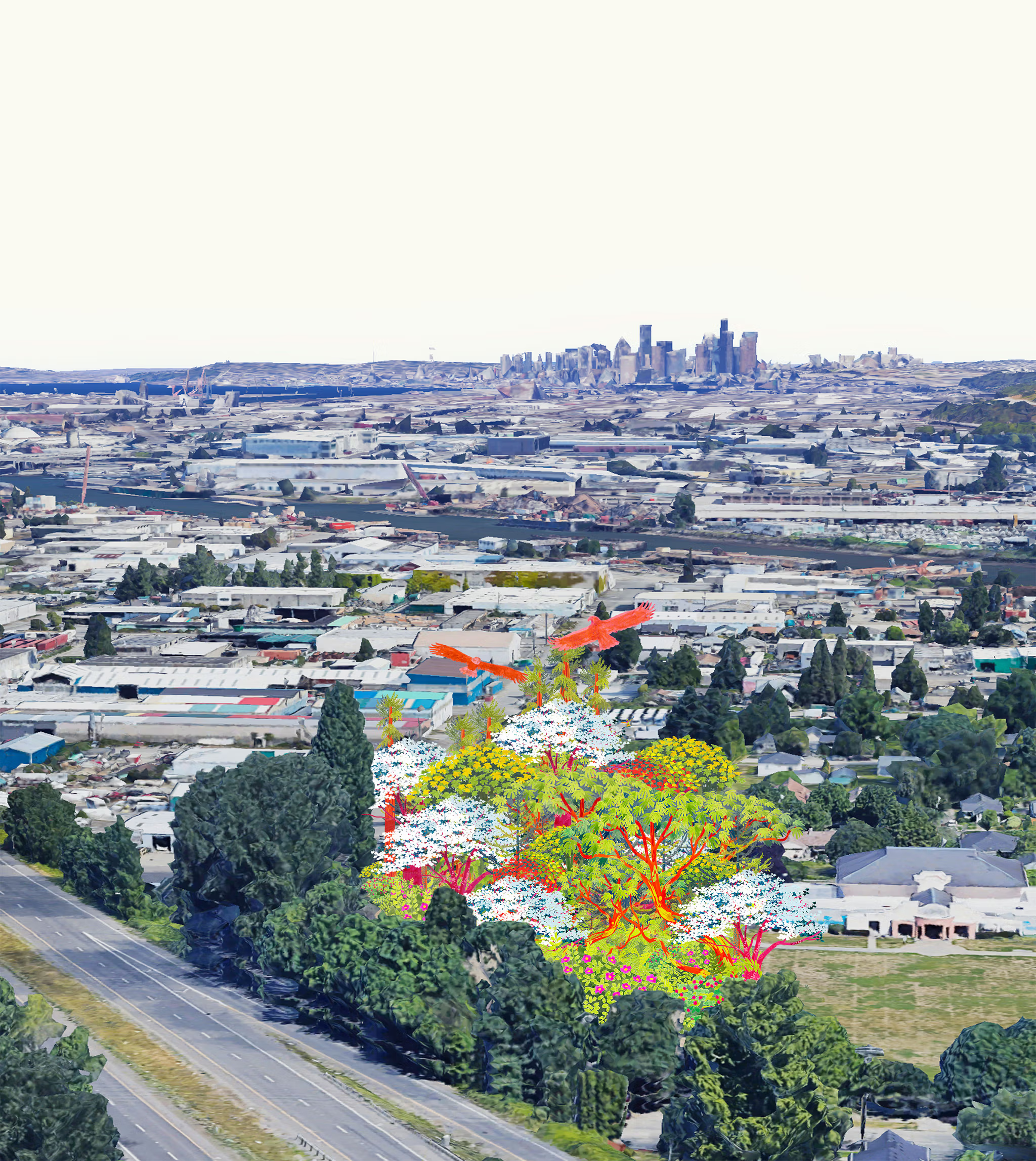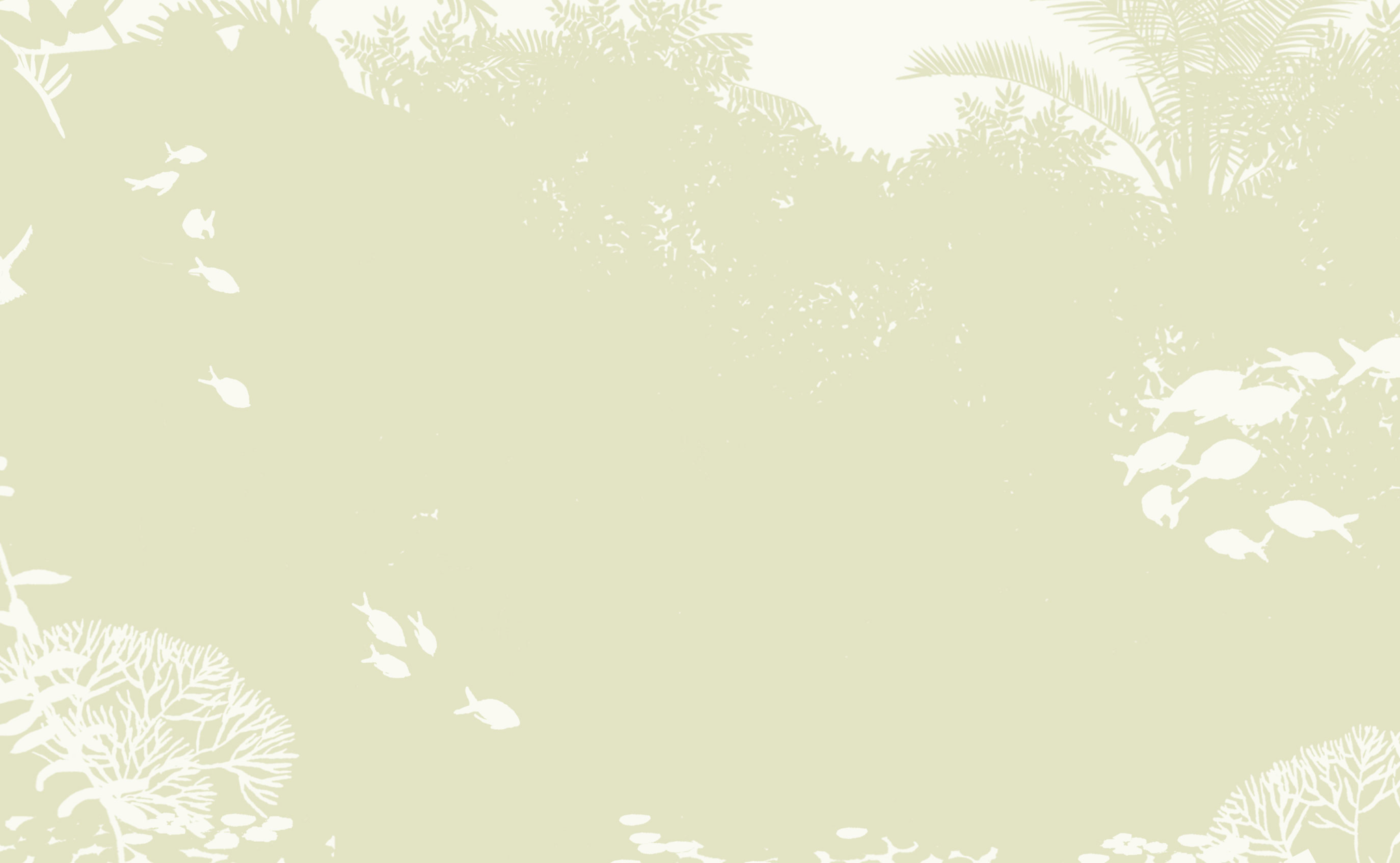Healing Forest
A forest that restores harmony between body, mind and spirit.


0
Trees
0
Square Feet
0
Native Species
Healing Forest transforms a barren landscape into a thriving, lush forest at the “Yakama Nation Corrections & Rehabilitation Facility” - nourishing the land and restoring the lives of its inhabitants.
The forest teaches the wisdom of the old ways, in which individuals live in balance with themselves, their neighbors, and the natural world. Illness occurs when this harmony is broken.
This forest restores harmony between body, mind, and spirit, and the relationships with family, community, and Nature.
Forest Maker
Ethan Bryson


Forest Design
Phase 1
Phase 2
Phase 3
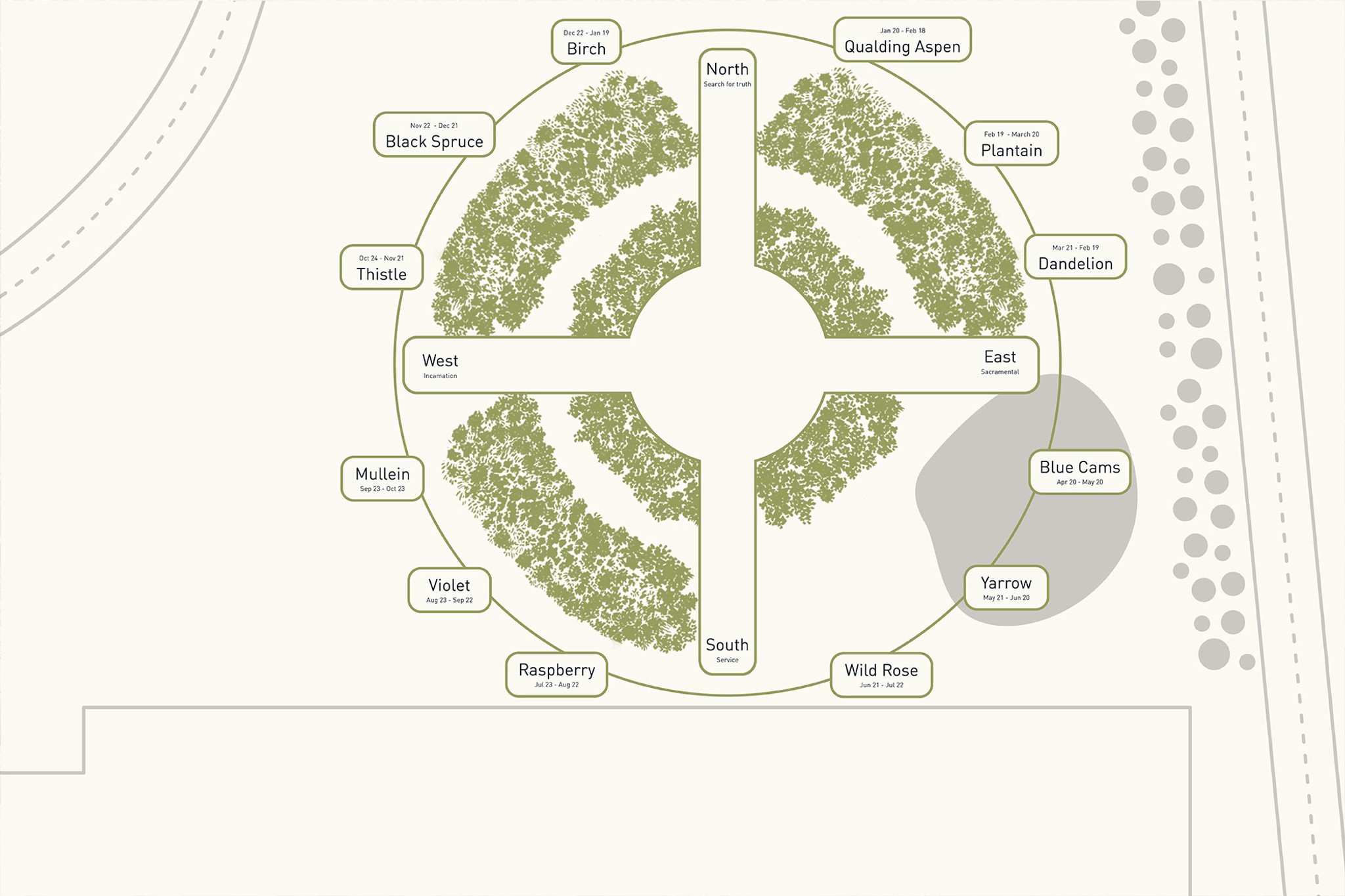
Forest Report: 2023
0 Years
Forest Age
0%
Survival Rate
0m
Average of Tallest 3 Trees
The Healing Forest is showing distinct developmental progress through each phase planted.
Phase 1 has the largest trees - amazingly, we have measured some black cottonwood with a girth of 18 inches. There are signs everywhere of activity including zones where several birds perch and leave droppings. The forfeit floor is covered in a layer of leaf litter deeper than in previous years. As the trees become taller and more leaves drop from the larger trees, they create a more robust layering of litter, which in turn develops soil structure - keeping the moisture levels in the soil more stable.
“Today, there are 28 different foods to be foraged from the pocket forest to nurture our people. That has not happened for probably at least 100 years.”
Marylee Jones, Gatherer and Member of the Yakama Nation
Biodiversity Notes:
Rabbits and quail have been seen foraging in the forest, and there are signs of porcupines chewing on the larger trees, and in some cases even felling them! This helps to create more opportunities for habitat and soil building. The forest did not have willow aphids this year and hence did not attract as many wasps and bees in the summer months.
Forest Report: 2022
0 Years
Forest Age
0%
Survival Rate
0m
Average of Tallest 3 Trees
Growth rate for all species in this pocket forest have more than doubled. Black cottonwood (Populus trichocarpa), aspen (Populus tremuloides) and most willow species (including Salix exigua, Salix prolixa, Salix amygdaloides and Salix scouleriana) grew at exceptional pace, with some tripling in height. The tallest trees are black cottonwood at 9 to 10.5m. Tree girth doubled for most cottonwood, aspen and willow. Girth from year 1 to 2 on the largest cottonwood grew from 21 to 37 cm in diameter.
Soil health shows improvement in predatory organisms. Nematodes are showing great improvement indicating overall soil regeneration and health improvement. Fungal content and flagellates are in balance in the ideal range. The fungi are very sensitive to any disturbance and weeding activity has disrupted the continuity of this progression. In the next year, weeding and watering will become less necessary and the fungal activity and diversity are expected to stabilize and dominate. Ciliates which were high in April have now come down which is another good improvement. We plan to continue to add mulch to build a healthy soil structure.
Biodiversity Notes:
Food and medicine production exceeded expectations for wild strawberries (Fragaria vesca), elderberries (Sambucus nigra), chokecherries (Prunus virginiana) and serviceberries (Amelanchier alnifolia). Wild rose hips are also abundant. Most of the berries have been eaten by copious bird population and unidentified mammals.
Skunks (Mephitis mephitis) have been seen near the forest and something is making pathways and living in the forest, possibly a family of raccoons. A large variety of spiders and birds (species unidentified) have been seen living in the forest, along with several families of quail.
Forest Report: 2021
0 Months
Forest Age
0%
Survival Rate
0m
Tallest Tree
Tree height is ranging from 100cm to 370cm. In regards to girth, on average the trees are now at least three times the original girth.
“I have never observed growth like that” says Ethan “The smaller trees were only about 20 to 25cm and those trees are now 100cm.”
The girth of the Cottonwood tree (Populus deltoides) is 5 times its original size. It’s a fast growing tree, yet this is much bigger than expected. Incredible growth was observed between month 11 and 12 in particular: some of the trees grew 100cm in height within this time.
Root growth of one of the Chokecherry trees (Prunus virginiana) was observed by chance when a pathway was being created. Roots of approximately 100cm observed, it is rare to see the root system successfully developing like this.
Biodiversity Notes:
The Camas (Camassia sp.), Serviceberry (Amelanchier alnifolia), Chokecherry (Prunus virginiana) and Snowberry (Symphoricarpos albus) are thriving. Medicinal plants that are key to the tribes are returning. It’s beautiful to see that the Roses are already producing rosehips, and the Chokecherries are already producing fruits.
We observed the return of native birds, such as a family of quail who considered the 6-month forest the right place to nest. The nest of a Killdeer (Charadrius vociferus) has also been observed. Other species seen include: Frogs, Spiders and Ferret.
“With the right attention, we can nurture a barren space to become a model of natural diversity and abundance. The way we treat the life around us is a reflection of ourselves. For the long-term wellbeing of our planet and ensuring healthy communities we need to care for life in the soil and enliven the return of nature's bounty.”
Ethan Bryson, Urban Natural Forests
Planting: October 2020

Native Species & Traditional Medicine
We combined the Miyawaki Method with site-specific attention to the soil biota to ensure soil health and nutrient retention.
The forest matrix selection includes up to 36 total species in 4 ascending layers (shrub, subtree, tree, and canopy). Some examples include once-common trees and shrubs to the habitat zone for the selected site as well as Black Cottonwood, Scouler Willow, Trembling Aspen, Wild Rose, Buffalo Berry, Native Blackberries, and Huckleberry.
Medicinal herbs to be planted include: stinging nettles for pain relief; tree moss for overall health; huckleberry leaves to settle the stomach; pine needle tea for digestive health; and yarrow for wound healing.
